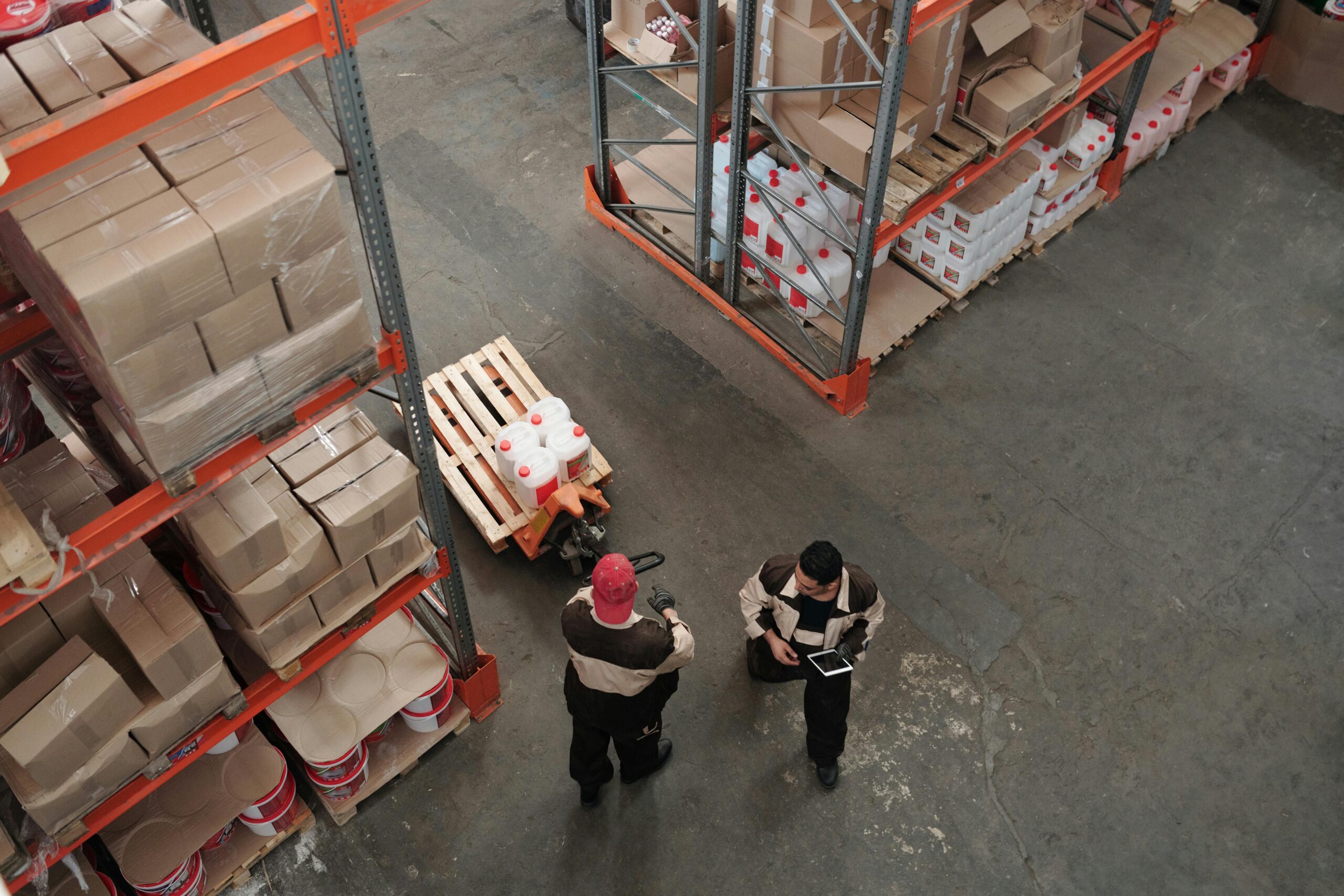Fulfilment is a key part of the online retailing process. With high customer expectations, businesses would need to offer fast, efficient and cost-effective order fulfilment for online stores. Delays, stockouts, and inefficient logistics can cause lost sales and dissatisfied customers.
In this guide, let’s see the best way to streamline e-commerce logistics management, reduce fulfilment costs and optimise the best fulfilment centre to improve customer satisfaction. These four strategies will help you optimise, whether you’re a small shop or a large brand and scale your operations.
Understanding the E-commerce Fulfilment Process
E-commerce fulfilment includes storing, packing, and shipping online orders. It has several key stages:
- Receiving Inventory – Managing stock from suppliers.
- Storage & Warehousing – Organising inventory for efficient picking.
- Order Processing – Accurately pick and pack orders.
- Shipping & Delivery – Dispatching orders with reliable carriers.
- Returns Management – Effectively handling customer returns and exchanges.
Optimising each stage can reduce delays, cut costs, and boost customer satisfaction.
Key Strategies for Optimising Your Fulfilment Process

1. Choose the Right Fulfilment Model
Consider three main fulfilment models:
- Self-fulfilment involves handling storage, packing, and shipping in-house. This method works well for small businesses but can become costly as orders grow.
- Third-Party Logistics (3PL): Partnering with a provider for storage and shipping. It is suitable for scaling businesses that want to focus on growth without the burden of logistics. 3PL providers often integrate with your e-commerce platform for smooth inventory management.
- Dropshipping: Suppliers manage inventory and shipping. This is ideal for businesses without storage. However, it can be harder to control quality and delivery times.
Select the model that fits your size, budget, and operations. Many start with self-fulfilment and switch to 3PL as they grow.
2. Leverage Technology for Better Efficiency
Using e-commerce logistics management software can boost fulfilment efficiency. Key tools include:
- Warehouse Management Systems (WMS): Automates inventory tracking and order processing to prevent stock issues.
- Order Management Systems (OMS): Synchronises orders across sales channels, reducing manual errors.
- Shipping Software: Compares carrier rates, offers real-time tracking, and optimises delivery routes.
- Artificial Intelligence & Machine Learning: Predicts demand and improves delivery forecasts.
Integrating these systems can streamline operations and enhance order accuracy while reducing human errors.
3. Improve Inventory Management
Good inventory management ensures you have the right products without overstocking. Best practices include:
- ABC Analysis: Classify products by demand and profitability.
- Real-Time Tracking: Use RFID and barcode scanning for accurate stock monitoring.
- Automated Reordering: Set alerts for low stock to avoid stockouts.
- Demand Forecasting: Use historical data to predict demand and adjust stock levels.
- Multi-Warehouse Management: Store inventory in multiple locations to cut shipping costs and delivery times.
Optimising inventory lowers holding costs and speeds up order fulfilment.
4. Optimise Warehouse Layout and Processes
An organised warehouse boosts picking and packing efficiency. Consider these tips:
- Zoning: Group high-demand items for quicker access.
- FIFO & LIFO Methods: Use the correct product order to avoid spoilage.
- Ergonomic Workstations: Place packing materials for easy access to reduce fatigue.
- Batch Picking: Process multiple orders at once to improve speed.
- Barcode & RFID Scanning: Use technology to minimise picking errors.
Efficient warehouse operations lead to faster order processing and fewer mistakes.
5. Select the Best Fulfilment Centres
Choosing the best fulfilment centres impacts delivery speed and costs. Consider these factors:
- Location: Being near key markets reduces transit times.
- Carrier Partnerships: Access to various carriers provides flexibility and cost savings.
- Scalability: Ensure the centre can grow with your business.
- Technology Integration: Modern centres work well with e-commerce platforms for better tracking.
- Sustainability: More businesses prefer eco-friendly fulfilment centres.
A well-located fulfilment centre enhances delivery efficiency.
6. Enhance Shipping and Delivery Speed

Fast shipping is a significant advantage. To improve delivery:
- Offer different shipping options (standard, express, same-day).
- Partner with reliable carriers for better rates and service.
- Use distributed warehousing to shorten delivery distances.
- Implement route optimisation software to avoid delays.
- Provide real-time tracking for customer updates.
Quick shipping boosts conversions and keeps customers returning.
7. Implement a Seamless Returns Process
Efficient returns can build customer loyalty. Best practices include:
- Offering pre-paid return labels for easy processing.
- Automating return authorisation and tracking for customer convenience.
- Quickly restocking returned products to maximise inventory turnover.
- Offering exchanges instead of refunds to retain revenue.
- Analysing return trends to improve product listings.
A smooth returns process builds trust and encourages repeat purchases.
Let’s Interact
To help you get started, check out our top tips on optimising your order fulfilment for online stores for success. The integrity of your supply chain — from model selection to warehouse and shipping optimisation — is critical for customer happiness.
Utilising cutting-edge technology, partnering with preeminent fulfilment hubs, and optimised logistics will result in reduced overheads and increased order fulfilment speed. Implementing these strategies will improve your fulfilment process, thus creating customer loyalty.
Are you prepared to optimise your fulfilment process? Begin to evaluate your operations today!
Need expert fulfilment solutions? Contact us for tailored logistics services that help your e-commerce business thrive!


